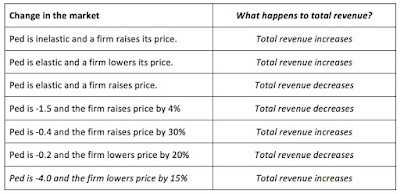02/02/16 Inflation & Interest Rates:
Nominal Interest Rate- % increase in $$$; the borrower must pay a lender for a loan.
- NOT adjusted for inflation.
Real Interest Rate- he % increase in purchasing power; the borrower must pay a lender for a loan.
- adjusted for inflation
- Nominal interest rate - Inflation - Real interest rate






